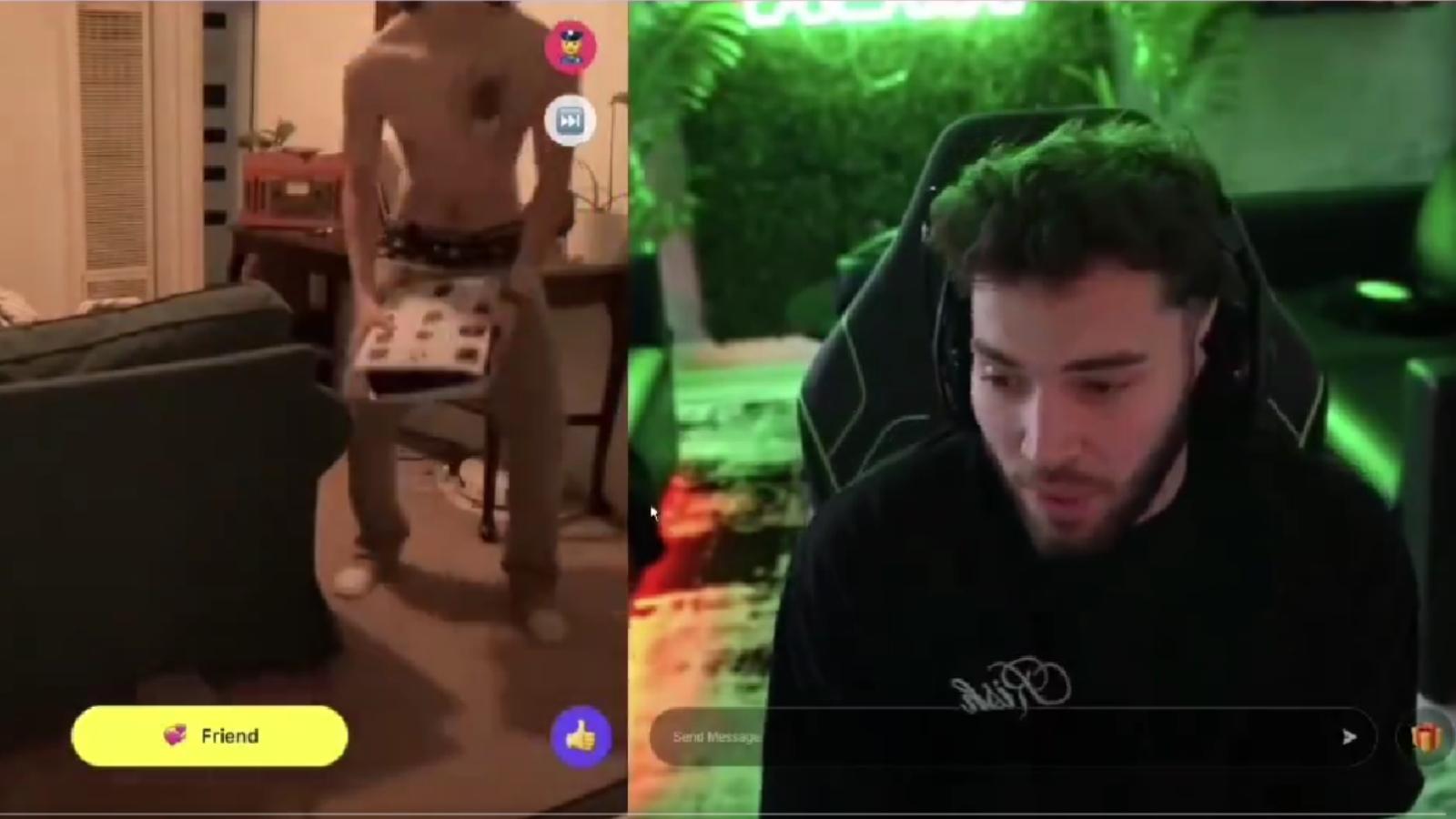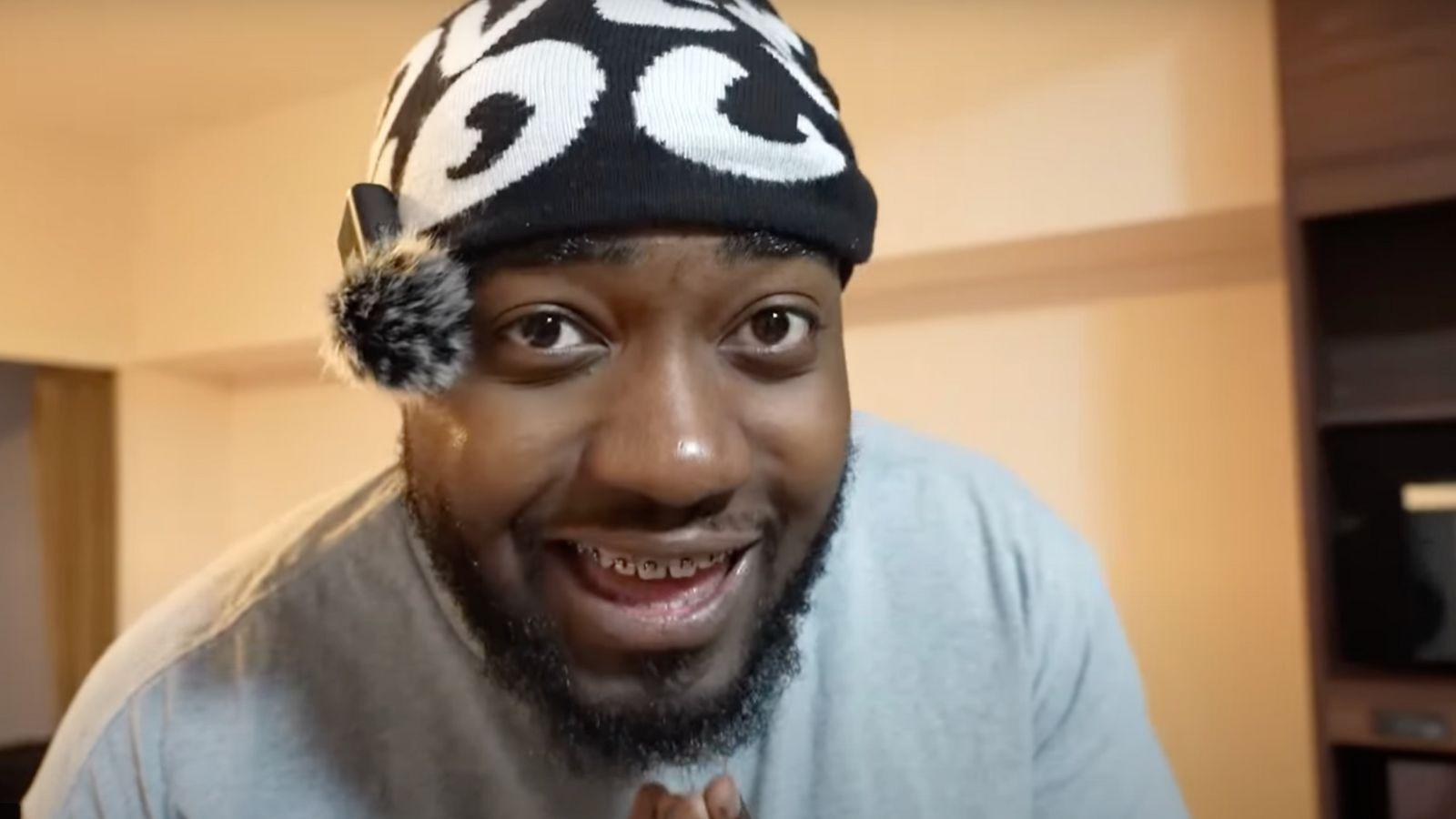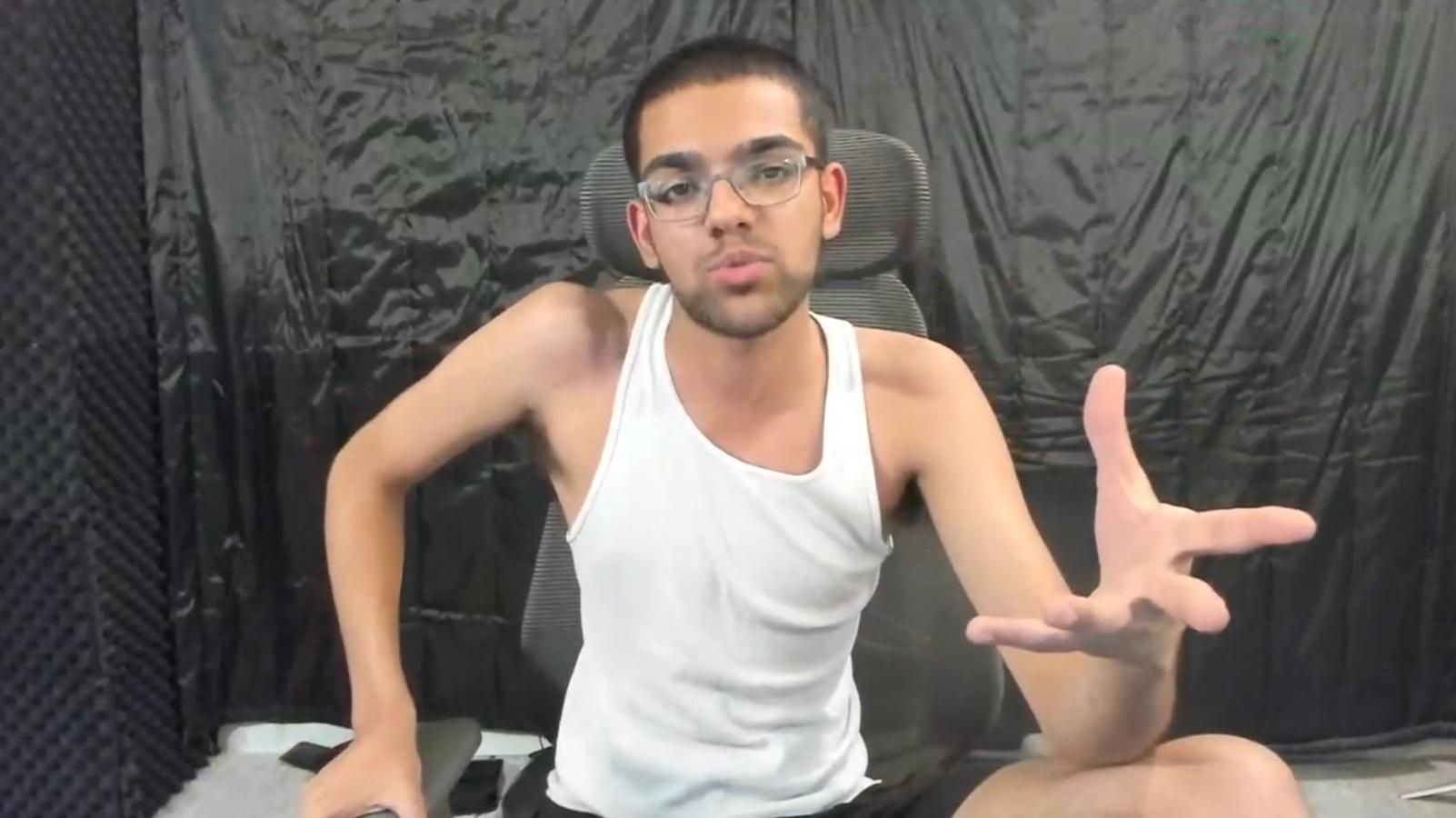The history of TikTok: From Musical.ly to the number 1 app in the world
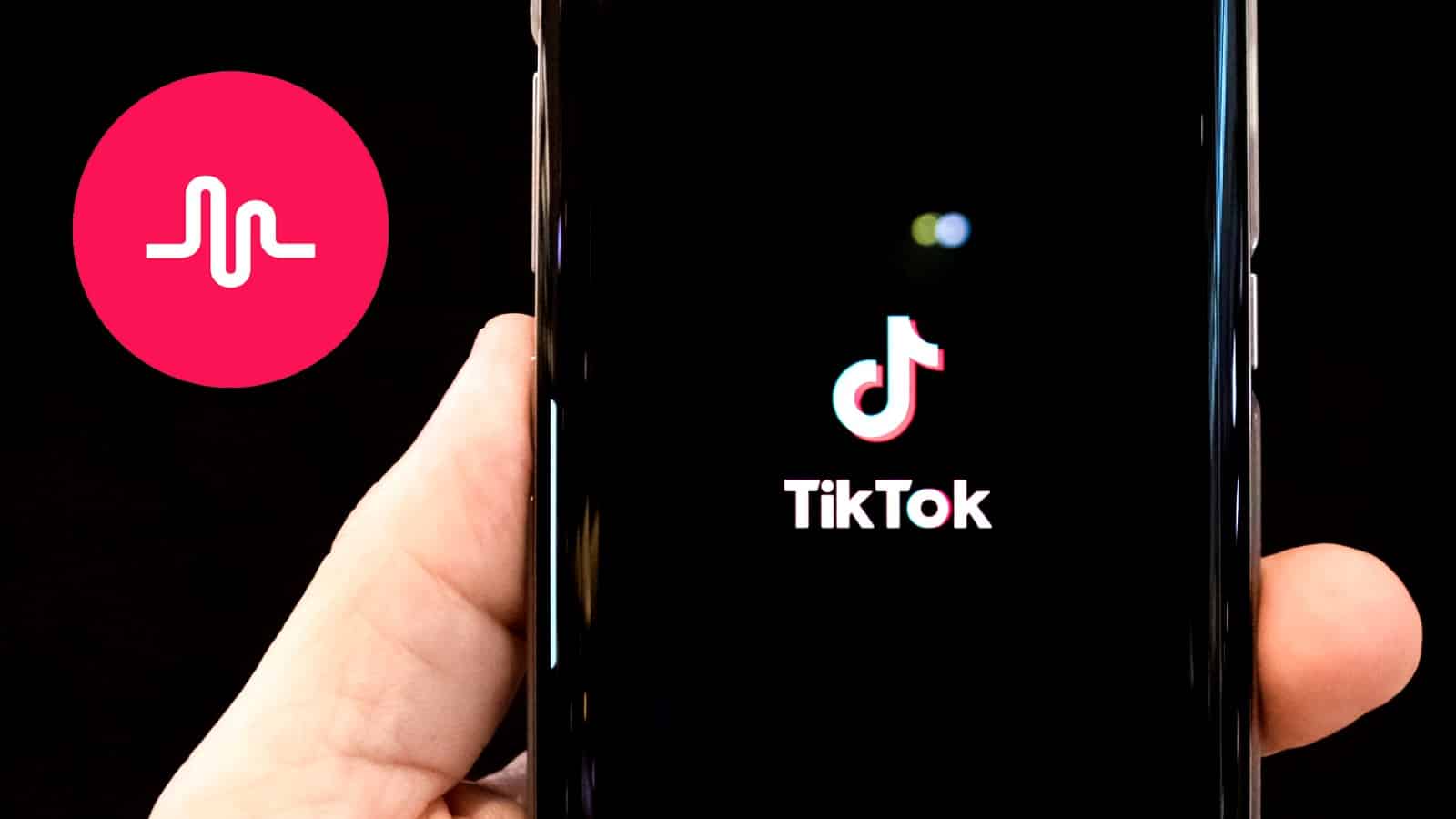 Unsplash: Oliver Bergeron
Unsplash: Oliver BergeronTikTok wasn’t always front and center of viral internet culture, but since it merged with Musical.ly the platform has found non-stop success. Where did it all start?
In recent years, TikTok has become a hub of viral content. From viral dances to bizarre trends, this app has just about everything.
Its user base has become so powerful that the platform now has the power to propel songs like Olivia Rodrigo’s ‘Drivers License’ to global success, and turn ordinary teens like Addison Rae and Charli D’Amelio into stars overnight.
So how did the platform become what we know it as today?
ByteDance launches Douyin — September 2016
Before TikTok came the Chinese app Douyin. The ByteDance owned app was originally named A.me, but a few months later in December it was renamed.
Within just a year, the app had around 100 million users, and with over a billion videos viewed per day, the venture was certainly a success. This got the company interested in exploring the international market, and TikTok was launched in September 2017.
ByteDance buys Musical.ly — November 2017
Musical.ly was officially released in August 2014, and had many of the same features TikTok is known for today. Users were able to create short videos lip-syncing to popular songs, interacting with other users via trending sounds and hashtags.
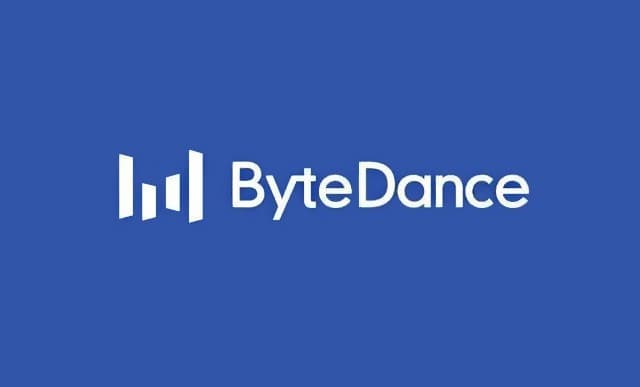 Bytedance
BytedanceOn November 9, 2017, ByteDance spent up to $1 billion US dollars to purchase Mucical.ly, which had offices in both Shanghai and California.
Musical.ly merged with TikTok on August 2, 2018, with existing data and accounts combined to create one app and an overall larger community. The name was kept as ‘TikTok,’ meaning the end of Musical.ly as users knew it.
TikTok hits 1 billion global downloads — February 2019
According to analytics site Sensor Tower, TikTok hit 1 billion downloads globally in February 2019 (excluding Android downloads from China.) The app was gaining popularity fast in countries like India, which made up over 40% of the total downloads in 2018.
- Read More: How to get a Pro Account on TikTok
The merger with Musical.ly was proving to be a huge success, and TikTok’s growth showed no signs of slowing down.
 TikTok
TikTokIndia bans TikTok — June 2020
On June 29, TikTok was completely banned in India along with 223 other Chinese apps. The Ministry of Electronics and Information Technology claimed the app was “prejudicial to sovereignty and integrity of India, defense of India, security of state and public order.”
Creator Fund is launched – July 2020
While TikTok creators were always able to make money via brand deals and other endeavors, there originally lacked a direct way to make money from video views.
Exciting update! 💥
We have seen an incredible response to the Creator Fund and are thrilled to share that we expect this Fund will grow to over $1 billion in the US in the next 3 years.
We will be sharing more information about the application process soon! pic.twitter.com/S8o2UQ8wcV
— TikTok Creators (@tiktokcreators) July 30, 2020
That changed when they launched the Creator Fund of $200 million which was designed as a way to support growing creators on the app monetarily. Shortly after announcing it, the fund was then predicted to grow to $1 billion in the US over the next years, and double that across the globe.
Donald Trump tries to ban TikTok — August 2020
In one of the biggest controversies since the app began, former US President Donald Trump attempted to ban TikTok transactions within the country. He signed an executive order on August 6 which dictated that transactions would be banned if the app wasn’t sold by Bytedance within 45 days.
Per the @Reuters report, a Commerce Dept official said: "We expect the market to act and there will be more secure apps that will fill in these gaps that Americans can trust and that the United States government won’t have to take similar actions against.”
— Dexerto (@Dexerto) September 18, 2020
TikTok sues Trump administration — September 2020
In retaliation, TikTok filed a lawsuit against Trump on September 18, requesting a preliminary injunction that would stop the app from being banned. Judge Carl J. Nichols then blocked the order that would prevent TikTok from being downloaded in the US.
He also later issued a preliminary injunction against the Commerce Department which meant they were no longer allowed to impose restrictions on the app.
- Read More: How does Addison Rae make money?
The situation caused a huge stir at the time, with many wondering whether this truly would be the end of TikTok, despite its insane popularity. Many popular creators were already looking at alternative apps to move their platform to in the case that TikTok actually be banned in the US.
Even creators based outside of the US were concerned at the potential ban, as the country makes up a large portion of the userbase.
Charli D’Amelio becomes first account to hit 100 million followers – November 2020
Then 16-year-old Charli D’Amelio made history when she became the first account on TikTok to surpass 100 million followers, beating even TikTok’s own account.
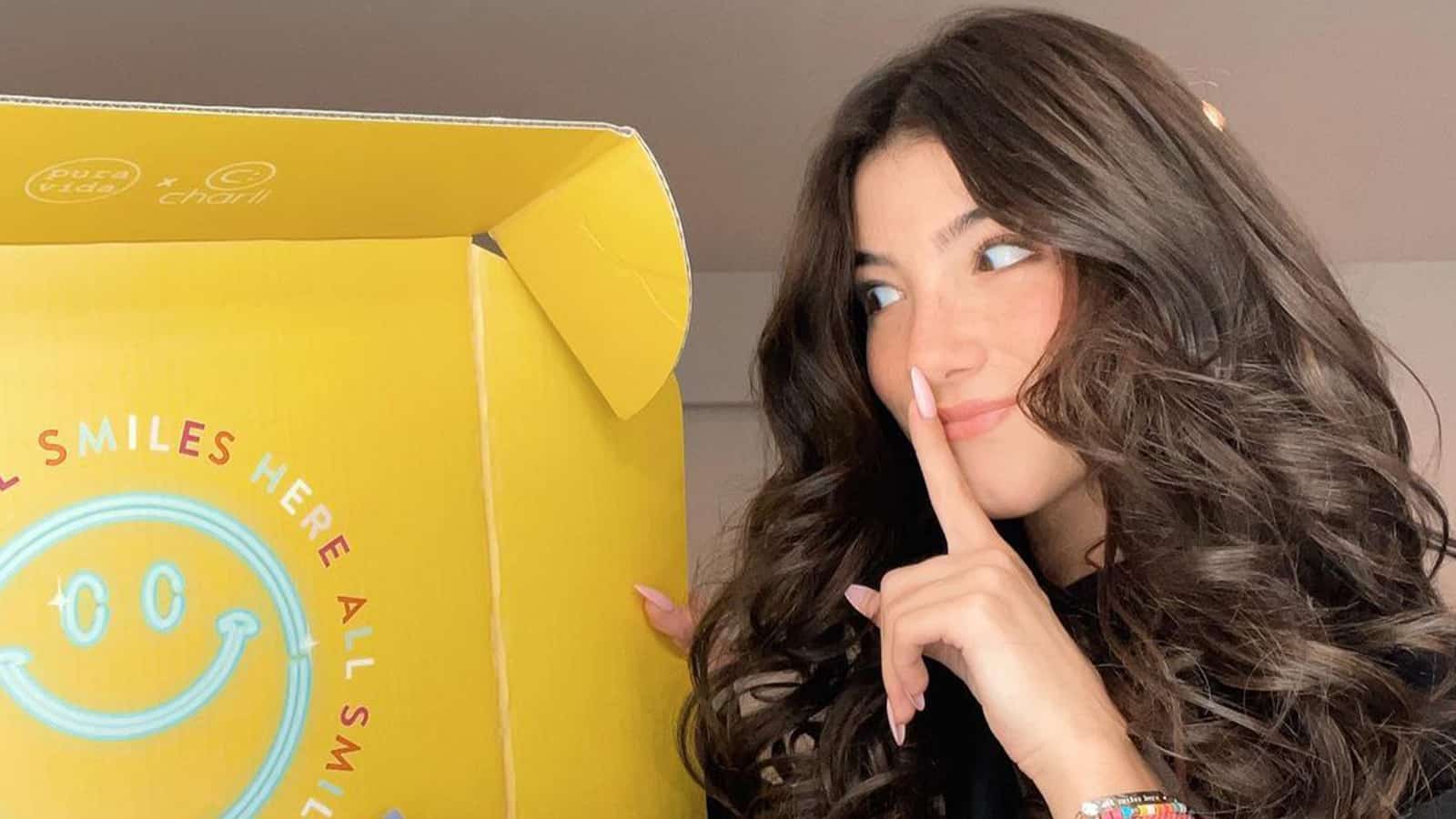 Instagram: Charli D'Amelio
Instagram: Charli D'AmelioThe star became popular by posting clips of her recreating famous TikTok dances and lip-syncing to viral songs, quickly garnering a huge fan base.
Since becoming well known on the app, the dancer has gone on to launch a podcast with older sister Dixie, get her own drink at Dunkin’ Donuts, and collaborate with a huge range of brands — even launching their own custom-designed mattress.
Pakistan bans TikTok — March 2021
Pakistan previously banned TikTok back in October 2020 over ‘indecent content. But on October 19, ten days after the ban was originally put in place, it was reversed.
However, this decision didn’t last long, as on March 11 the country blocked the app again following similar complaints of indecent content.
With TikTok constantly growing in popularity, and its stars becoming more involved in mainstream media, it looks like the platform will only continue to evolve in the coming years.
